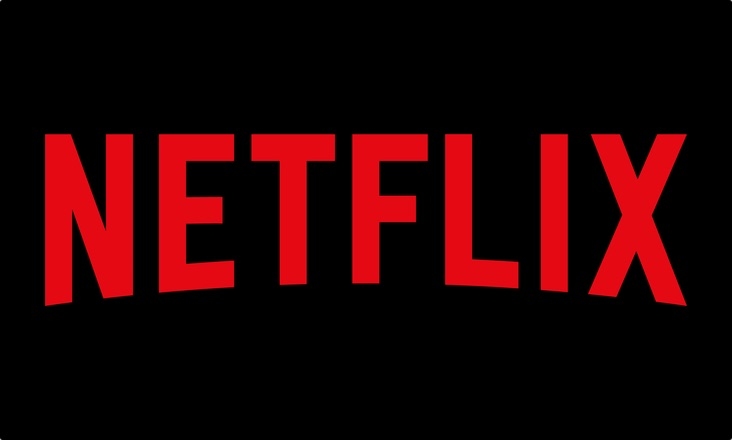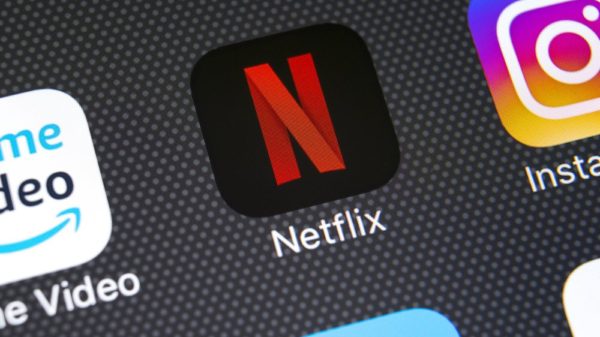With Disney, Viacom and more all looking to fund Netflix rivals, there seems to be an assumption that consumers have a bottomless pit of money for streaming service subscriptions…
We might not all be football fans here, but the analogy is nonetheless worth sticking with. When it was decided that Sky Sports’ monopoly on Premier League football rights was a bad thing – and it probably was – the European Commission insisted that the package of matches couldn’t go to just one broadcaster. This was supposed to be good for consumers, as no longer would one company have a stranglehold over Premier League football rights, and as such, consumer choice would broaden.
For most consumers though, it simply put the price up. Sky Sports subscription charges remained the same, and now fans were being asked to fork out the best part of another tenner a month for the ill-fated Setanta Sports (subsequently rights packages were bought by BT Sport). The bottom line for most consumers is that they were instantly paying a good deal more.
The current land rush for streaming services has a similar feel to it. A good proportion of us have a subscription to Netflix and/or Amazon, and they cost around £8 each a month, depending on which package you go for.

Now, though, everyone seems to want a streaming service. Disney is pouring its resources into a Netflix rival, that’ll launch in the US next year, and will presumably replace DisneyLife in the UK. This will have Marvel shows, Star Wars shows, exclusive films and pretty much anything else the Mouse House can throw at it. Apple is believed to be looking at a streaming service of its own, although it has the resource to buy up someone like Netflix and still have change for a few packet of crisps. Viacom in the US has announced plans for a service of its own, and these are just a few of the ones we know about.
In the UK already, there are some terrific niche streaming services too, such as the BFI Player, Shuddr, MGM and even one for American reality TV shows.
The problem, though, is that ultimately this is going to cost end users – you and us – a lot more. And we can’t help but wonder just how much money people will be willing to spend on a streaming service.
At the moment, most seem to opt for one of Amazon or Netflix, possibly both. But when Disney comes along, is the assumption that people will subscribe to two or three services as a norm, especially as the monthly subscription prices continue to rise? Netflix is preparing for the Disney invasion by investing the best part of $10bn in television shows and movies this year, and that’s ultimately going to be funded by the end user somewhere along the line. We saw the last increment in its prices recently take effect, and it’s not hard to see more on the way.

Certainly, something is going to have to give somewhere. Sky in the UK perhaps has the most to lose, as it migrates to a satellite-dish-free model. Will people still be willing to pay for traditionally-delivered Sky channel packages, if iPlayer, and a couple of streaming services on top, give users pretty much what they want? If people will be expected to subscribe to a few streaming services, it’s not too hard to see that when economies have to be made, the likes of Sky television packages, Virgin and such like are in the crosshairs.
It’d be more helpful to consumers if some of these big names, instead of fighting to own a streaming service of their own, pooled their considerable resources to give us one or two big streaming services, leaving room too for the growth in smaller, nicher alternatives. Unfortunately, it seems that Disney wants to defeat Netflix, Viacom wants to go toe to toe with Amazon, and thus they’ll all spend more and more to try and outdo the other. Billion dollar enterprises, all duking it out.
When it comes to the ultimate bill, we can’t help but feel that it’s the end consumer who’s going to get the rougher deal.
Lead image: BigStock Photo

